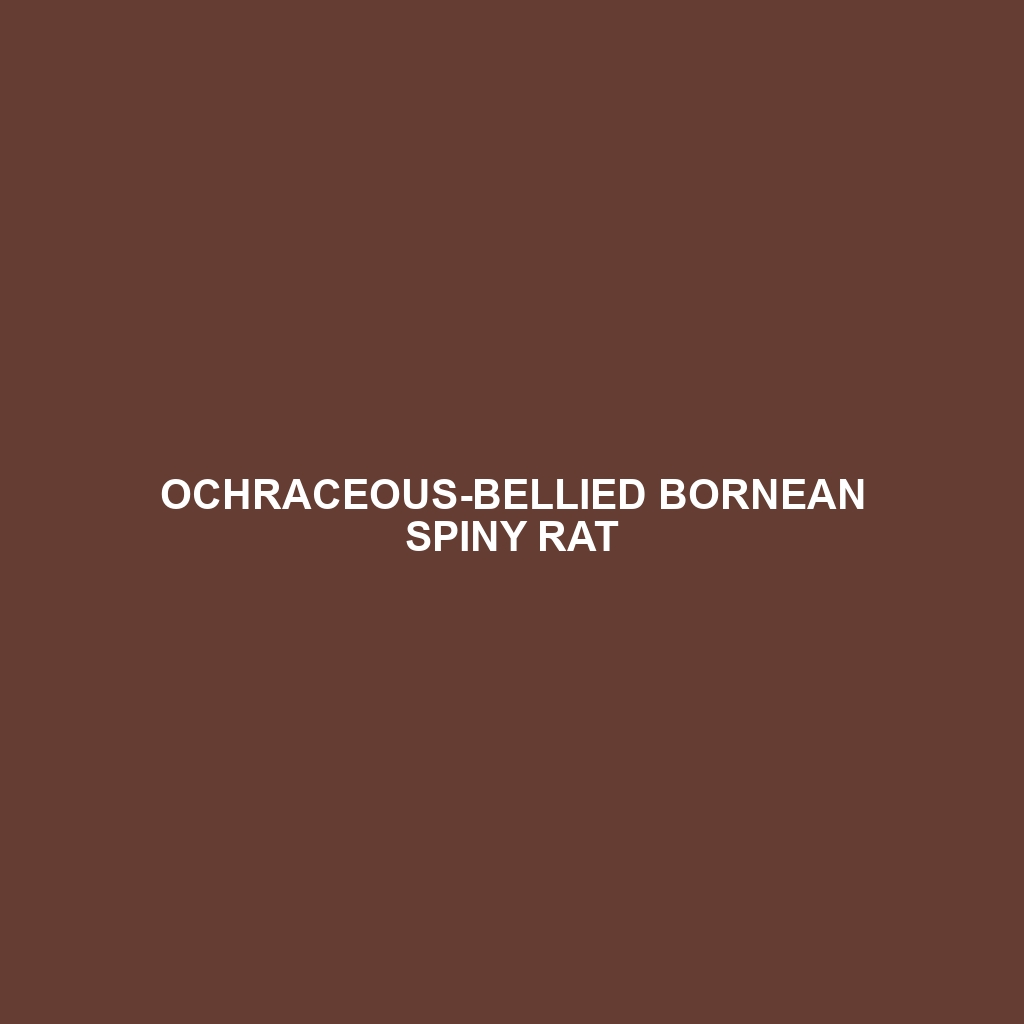Cretan White-toothed Shrew Overview
Common Name: Cretan White-toothed Shrew
Scientific Name: Suncus nicranus
Habitat: The Cretan White-toothed Shrew primarily inhabits the diverse ecosystems of Crete, Greece. It is commonly found in forests, shrubs, and grassland areas, where it thrives in regions with moderate humidity and ample cover. The species is adept at surviving in rocky terrains and is often associated with both rural and semi-urban environments, showcasing its adaptability to various habitats within its geographic range.
Physical Characteristics: This small mammal typically measures between 8 to 12 centimeters in body length, excluding its tail. The Cretan White-toothed Shrew has a slender body with a pointed snout, covered in dense, soft fur that typically ranges from grayish-brown to beige in color. One of its distinctive features is its cream-colored underbelly and the characteristic white teeth from which it derives its name. The shrew’s small, beady eyes and sharp claws aid in its burrowing activities.
Behavior: Known for its swift movements and agility, the Cretan White-toothed Shrew is primarily nocturnal, hunting for insects and other small invertebrates during the night. It exhibits a solitary lifestyle, marking its territory with scent. These shrews are known for their high activity levels and require a significant amount of food, scraping their survival strategy through quick foraging and hunting tactics.
Diet: The Cretan White-toothed Shrew primarily feeds on a diet rich in invertebrates, including insects, worms, and other small pests. Some studies indicate that they may also consume small vertebrates and plant matter when necessary. This shrew is an important natural pest controller in its habitat, contributing to the ecological balance by managing insect populations through its feeding habits.
Reproduction: Breeding in the Cretan White-toothed Shrew typically occurs in the spring and summer months, coinciding with optimal food availability. Females can give birth to several litters each year, with between 2 to 6 offspring per litter. The young are born blind and helpless, relying entirely on their mother for care and nourishment during their initial weeks of life. Parental investment is crucial for the survival of these young shrews.
Conservation Status: The Cretan White-toothed Shrew is currently classified as “Least Concern” by the IUCN Red List. However, like many species, it faces threats from habitat degradation and loss due to human activity. Conservation efforts are essential to monitor its population and ensure the ongoing health of its ecosystems.
Interesting Facts: The Cretan White-toothed Shrew is one of the species endemic to Crete, highlighting its unique evolutionary adaptations. Despite its small size, it plays a critical role in its ecosystem by controlling insect populations and serving as prey for larger carnivores.
Role in Ecosystem: This shrew serves a vital role in maintaining ecological balance within its habitat. By preying on insects and other pests, the Cretan White-toothed Shrew helps regulate these populations, which can affect plant health and biodiversity. Additionally, as a food source for larger predators, it supports the trophic dynamics of its ecosystem, illustrating its importance in the food web.
